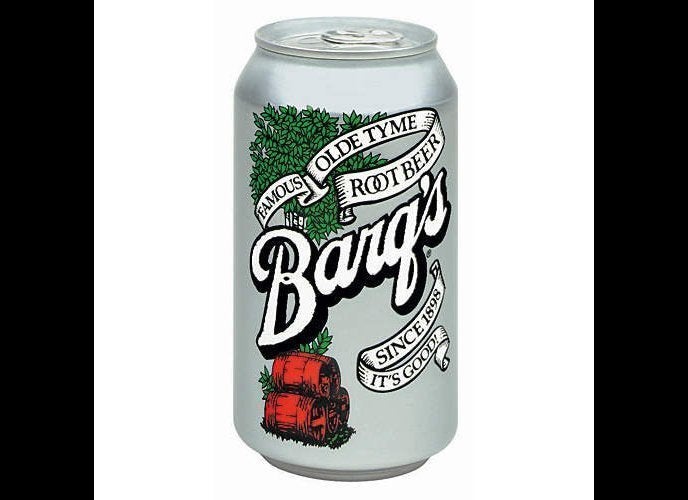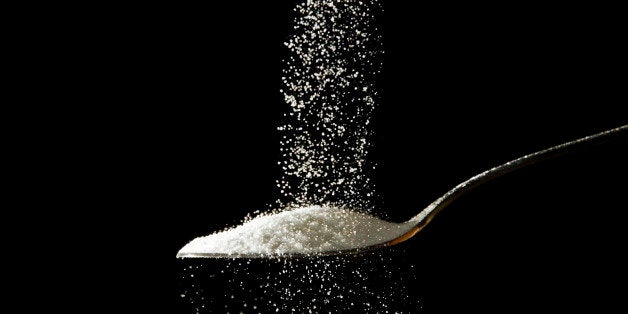
By Elizabeth Svoboda for Men's Journal
You already know that eating too much sugar causes your teeth to rot and can lead to diabetes and obesity. But could it also trigger high cholesterol, high blood pressure, heart disease and possibly even cancer? That's the theory of a group of progressive medical researchers who argue that sugar acts as a toxin in the body and is responsible for not only our rising rates of diabetes and obesity but also increasing incidences of heart disease, cancer and other chronic illness. Because sugar is so prevalent in food today -- in obvious items like ice cream, cookies and soda, as well as in "healthy" foods like crackers, energy bars and salad dressings -– experts contend that most people are living in toxic overload.
"Sugar is the biggest public health crisis in the history of the world," says Dr. Robert Lustig, an endocrinologist at the University of California, San Francisco, whose 2009 speech "Sugar: The Bitter Truth" has received more than 2.5 million hits on YouTube. In an opinion paper published earlier this year in the journal Nature, Lustig and colleagues provoked debate when they stated that sugar is so harmful, it should be regulated like alcohol and tobacco. "Every substance of abuse -– cocaine, heroin, you name it -– has required personal or social intervention," says Lustig. "For sugar we have nothing, and my prediction is that we will need both."
At first blush, this antisugar advocacy may seem alarmist. But Lustig and his University of California colleagues argue that sugar is harmful in significant amounts –- not necessarily because it's high in calories but rather because it triggers a toxic chain of reactions in the body that produce harmful fats, hormones and other metabolic by-products.
Sugar is found in nearly every food except meat, oil and butter. But there's a big difference between the sugar that occurs naturally in raw, unprocessed foods like fruits, vegetables, milk and whole grains and the type added to prepared or processed foods. Added sugars include every sweetener imaginable: white sugar, brown sugar, corn syrup, high-fructose corn syrup, dextrose, honey, agave nectar. It's these added sugars that experts say are the root cause of our sugar problem because high amounts of them are found in almost every food we eat, most of which are also high in calories and devoid of nutrients. "Nature made sugar hard to get," Lustig and his colleagues wrote in Nature. "Man made it easy."
Among all the different types of sugar, fructose may be the most harmful, many experts believe. Fructose is found naturally in small amounts in fruit, but is also combined with glucose (the other basic sugar molecule) to make nearly every type of commercial sweetener, including table sugar and high-fructose corn syrup. Why is fructose so harmful? "It's unique," says Dr. Miriam Vos, a gastroenterologist at Emory University. "It's primarily metabolized by the liver," so when you eat it, it's processed and then stays in your liver and starts producing harmful blood fats called triglycerides.
Sugars that don't contain fructose, on the other hand, like pure glucose and corn syrup, are processed by the liver and then sent out into the bloodstream, whether you need the fuel or not. Eat enough fructose and build enough triglycerides, and the result can be a fatty liver and insulin resistance -– when the body can't produce enough insulin to break down the sugar you eat.
For years, researchers have known that insulin resistance can lead to weight gain and diabetes. More recently, though, they've also discovered that it can cause heart disease, in part because eating too much sugar suppresses "good" HDL cholesterol. Eating too much sugar of any kind also seems to increase blood pressure, yet the effect is worse when glucose and fructose are consumed together, which is the case with high-fructose corn syrup and white sugar. Some researchers suspect that the effects of sugar on insulin metabolism may even cause cancer or accelerate its growth. "The cancer story is very early," says Lustig. "But we know that sugar drives insulin resistance, and insulin resistance drives cancer." One theory is that the high levels of insulin drive tumor growth, as the hormone already stimulates cancer cells to grow faster in the lab.
Unfortunately, exercise can't entirely save you from the negative effects sugar has on the body. While exercise may improve your cholesterol numbers by a few points, it's usually not enough to bring levels into a healthy range. "If you're a thin, active person, having a diet high in sugar is still harmful," says Vos. If you're an athlete, you may not want to cut out sugar entirely, especially before and during hard workouts. "There's some evidence for the super-athlete that small amounts of fructose are good," says Dr. Richard Johnson, a nephrologist at the University of Colorado, noting that the effect is beneficial only when sugar is consumed in moderate amounts before or after intense activities.
Other experts insist that sugar isn't as much of a threat to anyone -– including those of us who don't exercise intensely –- as Lustig and others have claimed.
Dr. David Katz, director of the Yale Prevention Research Center, says that while too much sugar isn't great for us, Lustig's dismissal of it as "poison" goes too far, pointing out that our bodies manufacture it naturally as an energy source. "The notion that sugar is toxic is silly," says Katz. "You can show dreadful effects of a high dose, but so what?" He's also skeptical of experts who push elimination of sugar to the exclusion of all else. "This is exactly the sort of dietary boondoggle we've been bogged down in for decades. We fell in love with low-fat; we fell in love with low-carb. If we fall in love with low-sugar, we won't improve our overall nutrition. It's a classic missing-the-forest-for-a-single-tree scenario."
Though Katz does agree that most Americans probably eat too much sugar, he doesn't recommend giving up the sweet stuff entirely because that can lead to food bingeing. Instead, he and most nutritionists advise learning to keep your quantities under control. For men, this means limiting yourself to nine teaspoons of added sugar per day and six for women (a can of cola has eight) if you want to meet the American Heart Association's recommendation. To gauge that limit, start scanning the nutrition labels of the packaged products you eat every day for at least one week. Add up your daily intake, keeping in mind that four grams of sugar on a food label is equivalent to one teaspoon of sugar. If you exceed the recommended limit on a regular basis -– and most of us do -– start by substituting lower-sugar options for foods that shouldn't taste sweet, like crackers and salad dressings. Ditch all sugar-sweetened drinks, like soda and even fruit juice, which packs a condensed amount of fructose without the fiber or other healthy nutrients of real fruit. Finally, prioritize eating whole, unpackaged foods, which don't contain added sugars.
Related
Before You Go
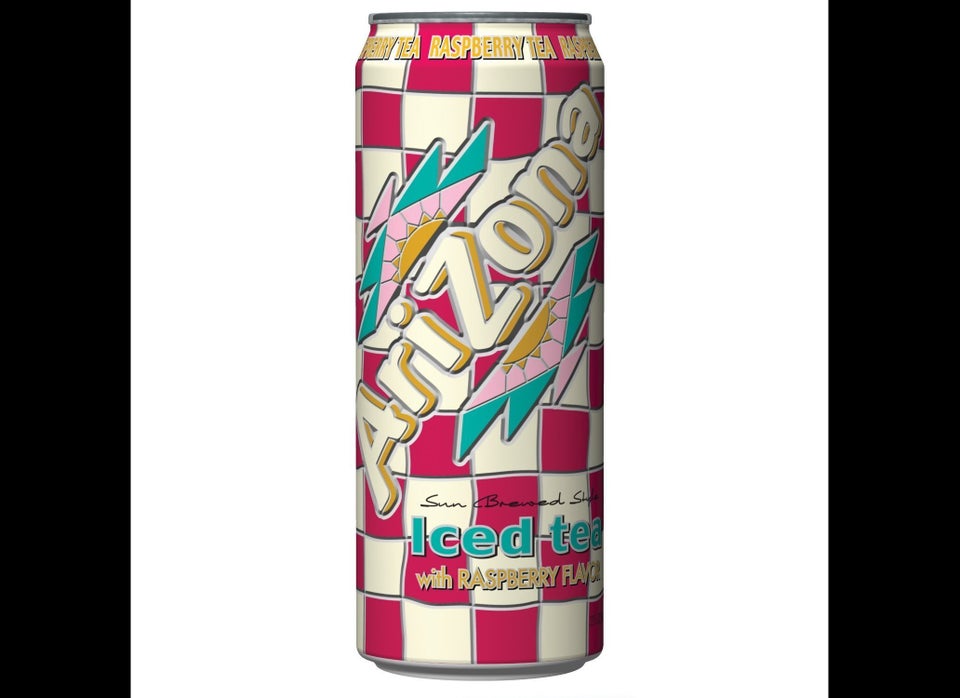
Photo from Amazon.com


Flickr photo by libookperson
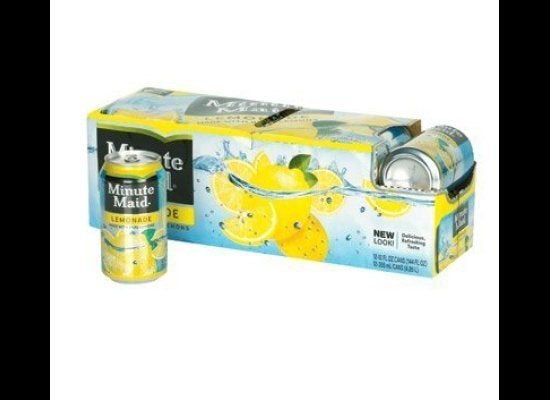
Photo from Amazon.com
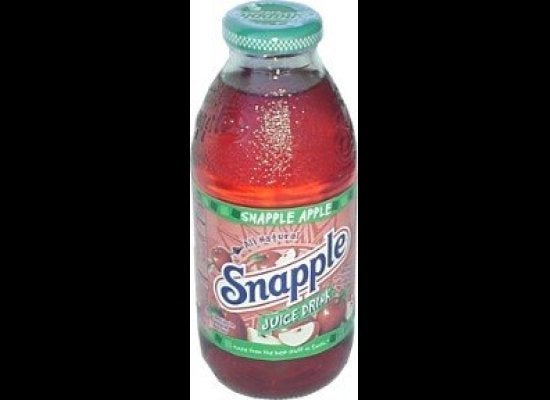
Photo from Amazon.com
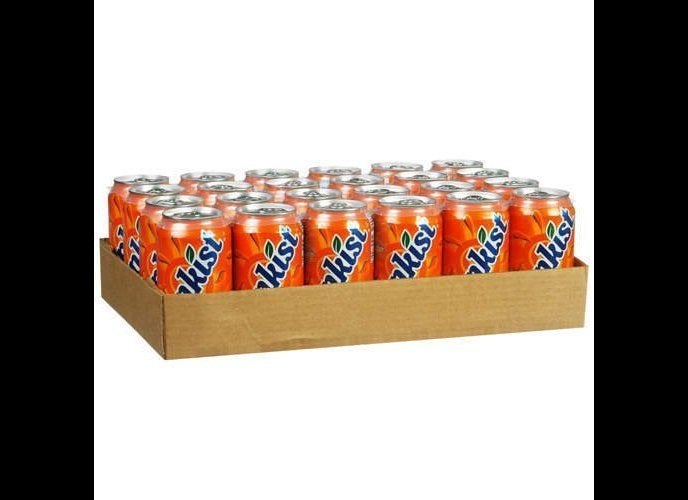
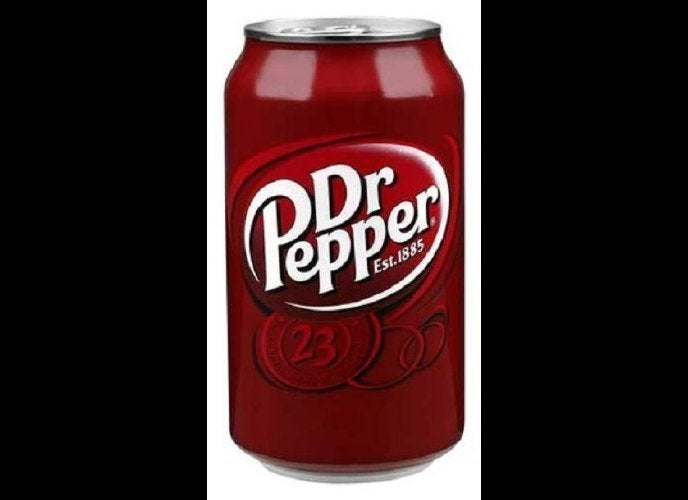
Photo from Amazon.com

Flickr photo by ReneS
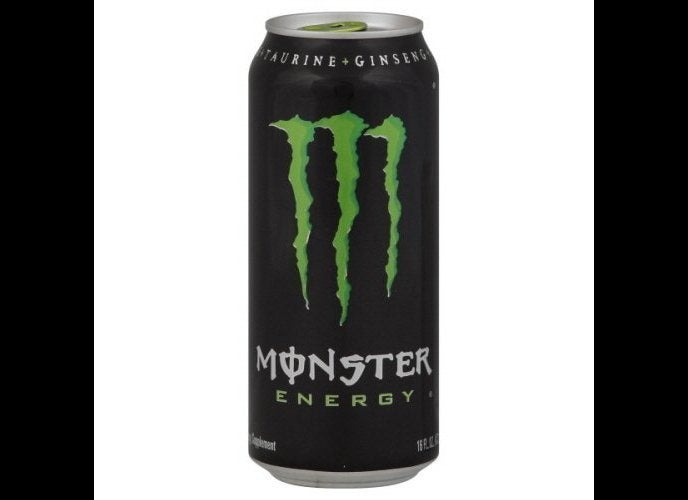
Photo from Amazon.com

Photo from Amazon.com
